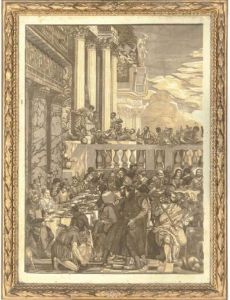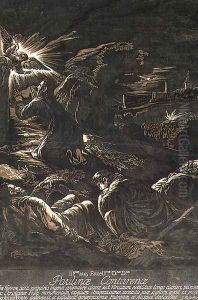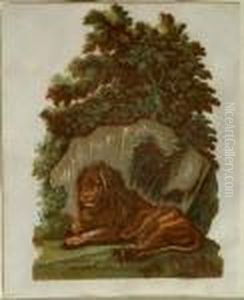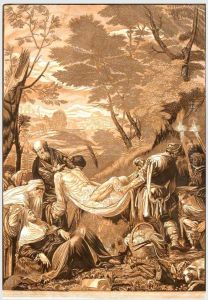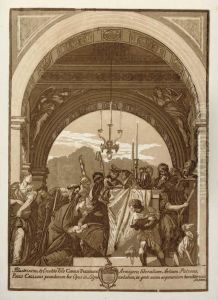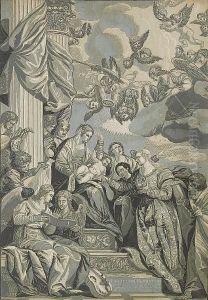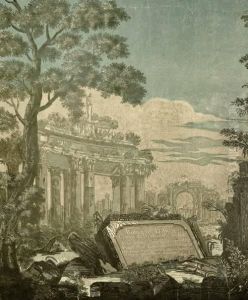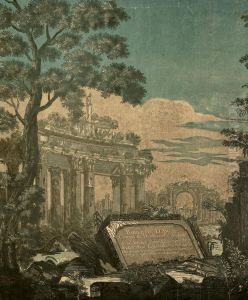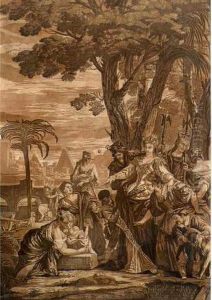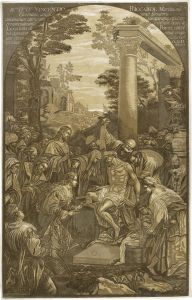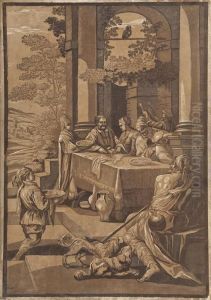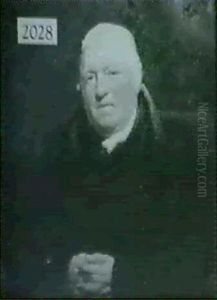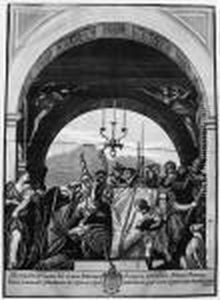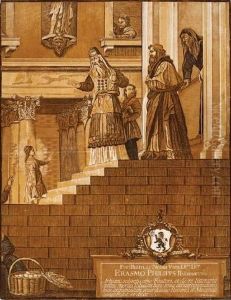John Baptist Jackson Paintings
John Baptist Jackson was an innovative English wood engraver and printmaker known for his pioneering work in the development of the chiaroscuro woodcut technique in the 18th century. Born in 1701, Jackson's early life is not well-documented, but he is believed to have been apprenticed to a London textile printer, which is where he likely developed his interest in color and pattern. His work reflects a transition in printmaking practices and aesthetics from the highly detailed and individualized engravings of the 17th century to a more tonal and atmospheric approach that would become prevalent in the late 18th and 19th centuries.
Jackson traveled extensively in Europe, particularly in Italy and France, where he was exposed to the works of the Old Masters. Inspired by the chiaroscuro woodcuts of the 16th-century Italian artist Ugo da Carpi, Jackson sought to revive and expand on this technique. Chiaroscuro woodcuts involve the use of multiple blocks to print different shades of ink, allowing for a more nuanced reproduction of light and shadow, and hence, a more dimensional and lively image. Jackson's ambition was not only to replicate the works of Renaissance masters but also to push the boundaries of what could be achieved with woodcut printing.
In 1738, he published a set of chiaroscuro woodcuts after paintings by Venetian masters such as Paolo Veronese and Tintoretto, which were well received for their technical proficiency and aesthetic beauty. However, it was his later work, a collection of chiaroscuro woodcuts after paintings by Titian, Raphael, and Parmigianino, published in 1745, that is considered his masterpiece. This collection demonstrated his skill in using the chiaroscuro technique to capture the depth and vibrancy of the original paintings.
Despite his success, Jackson struggled with financial instability and the challenges of working in a medium that was, at the time, considered less prestigious than painting or metal engraving. He spent his later years in France, where he continued to work and teach until his death in 1780.
John Baptist Jackson's contributions to printmaking were significant, yet his name is not as widely recognized as some of his contemporaries. His experiments with color and chiaroscuro in woodcut printing influenced later artists and helped to elevate the status of wood engraving as a fine art in the centuries that followed. His dedication to the craft and his efforts to reproduce the works of the great masters in a new medium underscore the innovative spirit of 18th-century art and the ongoing evolution of printmaking techniques.
